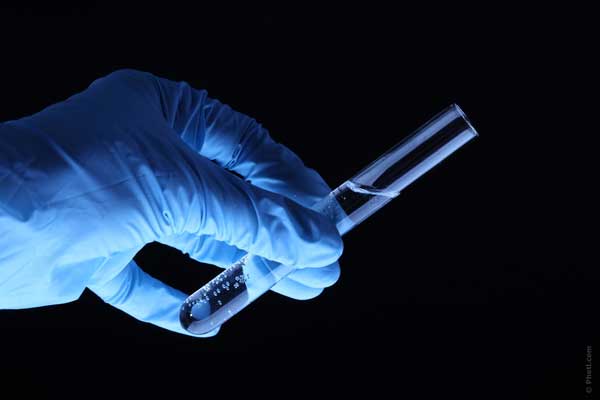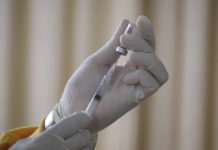
American scientists have come close to creating a vaccine that will reliably protect a person from HIV infection. This was made possible after managing to get the most recent and detailed picture of the key AIDS protein.
The scientists from the Scripps Research Institute work on the creation of an HIV vaccine. They reached the first level of an atomic core protein of the virus, which is of great value to medical science. The scientists have the most detailed images of the complex structure of the virus at their disposal, which helps the virus to penetrate into human cells.
Understanding of this mechanism will help to find those parts of the virus, whose action can be repeated during the injection of the HIV vaccine, thereby having developed an immune response in the body. Most vaccines operate exactly according to the same principle – a person is exposed to a non-dangerous for him/her part of any virus that is introduced in the body to develop immunity. And if the person is attacked by such a virus in the future, the immune system will be able to easily repulse the attack.
In today’s world, there are about 34 million HIV-infected people. Medicine can provide them with medical treatment, prolonging life for decades, but it still has no vaccine that would be reliable in protecting from infecting the rest of humanity. All attempts to create it had failed due to the protein called Env, known to have a complex structure. Now scientists have a detailed snapshot of the protein, enabling them to understand its mechanism of action.
If an HIV vaccine is created, the mankind will have a theoretical chance to get rid of the virus, just like people manage to get rid of smallpox and other similar diseases.





